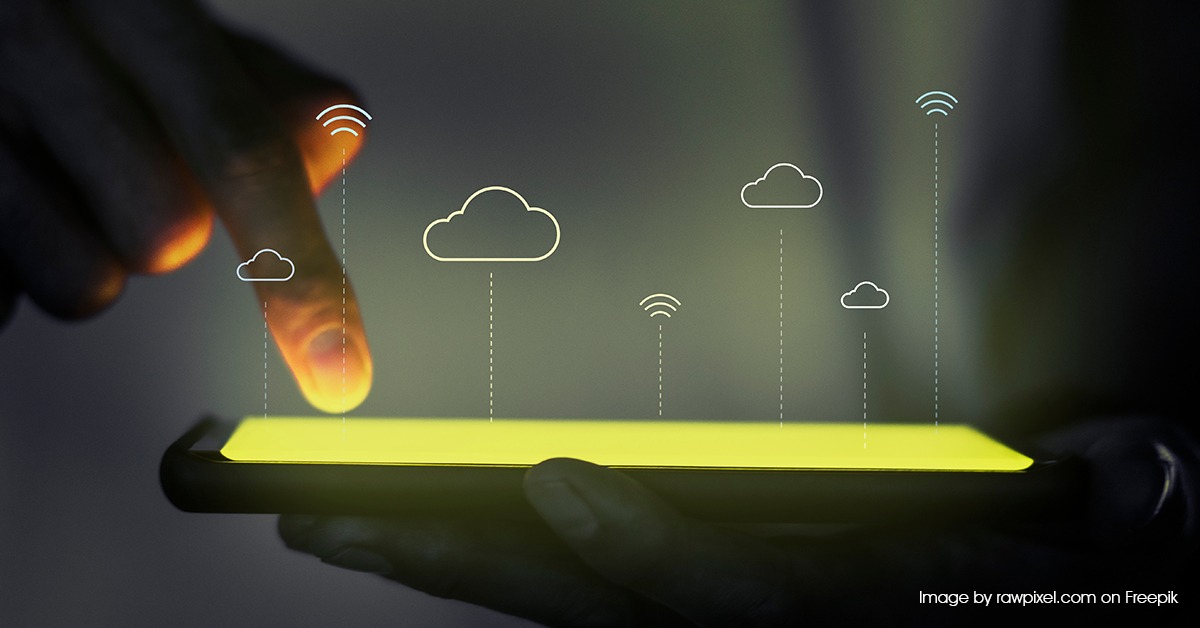What you Should Know About Cruise Ships and the IoT
- August 3, 2022
- Posted by: Aanchal Iyer
- Category: IoT

Cruise Ships and the IoT
Introduction
Cruises are amongst the fastest-growing sectors in the travel industry globally. Thus, there is no element of surprise that they are turning into a mainstream choice for travelers across the globe. As the world opens up for more travel after the Covid pandemic, cruise industry leaders are looking at technical solutions to enhance passenger experiences.
That is nothing new. Cruise lines have been trying to optimize technology for years; however, their solutions mainly focus on mobile phone apps. The issue with smartphones on ships? Connectivity is sporadic, passengers may want to leave their mobiles in their rooms, or they may not want to install various apps on their phones.
What is the Internet of Things (IoT)?
Internet of Things, or IoT, is a set of “interconnected computing devices, digital and mechanical machines, animals, objects or people with unique identifiers (UIDs) and the ability to transmit information over a network without the need of human-to-computer or human-to-human interaction.”
What does this Mean for Cruise Ships?
The possible applications for IoT on cruise ships are infinite. A sleek branded device such as a wristband can contain multiple functions, such as:
- A room key. No worries about losing key cards or metal keys to copy. The wristbands are given a cabin number and handed over to the guest. All they need to do is wave their hand in front of the room door to open it.
- A wireless payment method. Guests can simply tap their wrists to a payment processor to pay for their meals, event tickets, and souvenirs.
- A medical record. Medical personnel can quickly scan a patient’s wristband to see their medical records in case of any emergencies.
- A location analytics tool. With IoT, cleaning staff no longer have to knock and wait — they can immediately see if a room is occupied and plan to return later.
- Better logistics. AI recognition can enable cruise lines to understand the movement of passengers around the ship. The wristbands can help cruise staff assess if there is over usage or under usage the restaurants or facilities, so they can redirect resources to those locations.
- A location tracking system. Wearables can be programmed to provide location information to friends and loved ones.
Is IoT Already Being used by Cruise Lines?
Absolutely. Top cruise lines use wearable technology to enhance guest experiences before passengers even step inside a ship, through a seamless and quick pairing process right from the dock. On many Royal Caribbean cruises, sleek wristbands act as wearable contact tracing devices that avert any potential spread of COVID-19.
Conclusion
Cruise lines are betting on digital technology to transform their business by designing better applications and executing wearable technology or stand-up microservices from legacy systems to enhance operations. The complete customer journey is now digital, with cruise lines able to predict what customers want before they even know they need it. For many cruise lines, digital transformation is more than just updating technology or developing an application. It’s about creating a digital-first mindset that offers a seamless experience in every interaction for guests.
